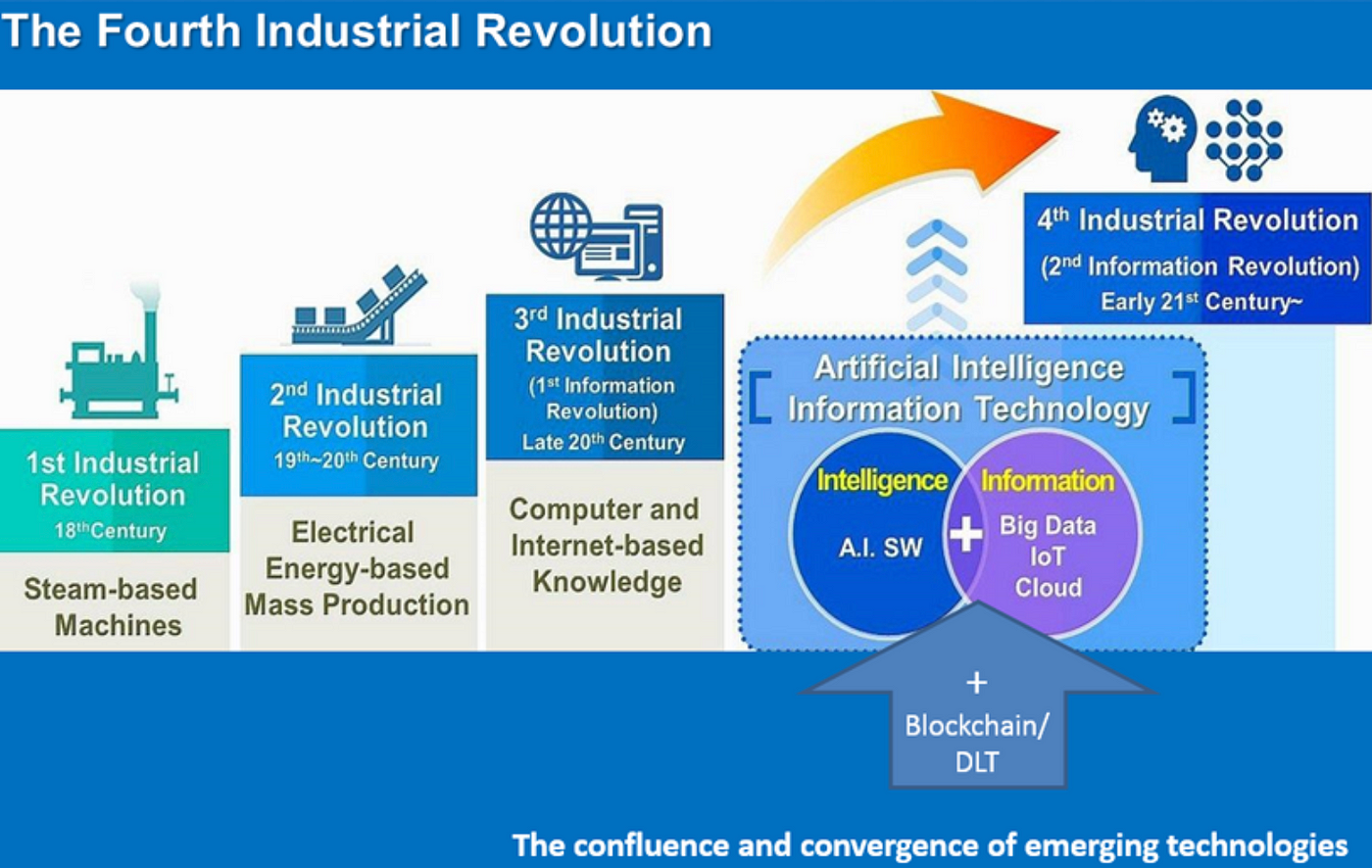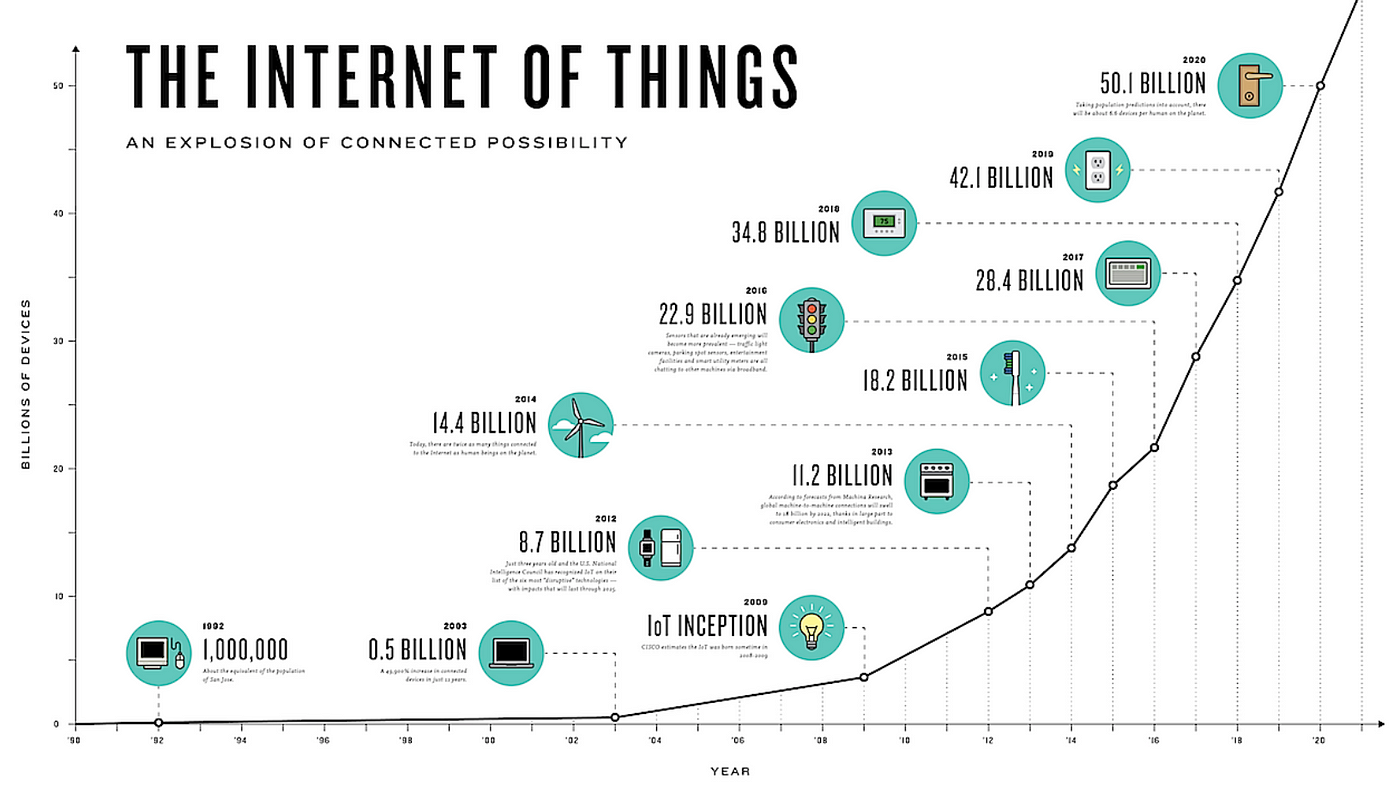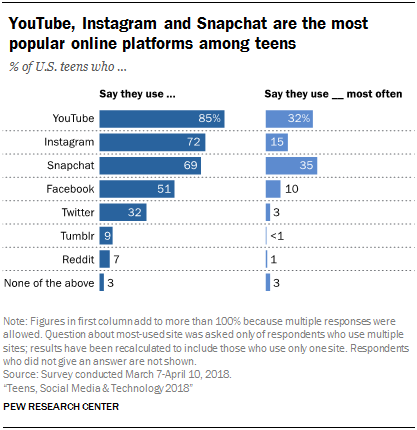https://www.kqed.org/mindshift/49742/deciding-at-what-age-to-give-a-kid-a-smartphone
Nov 21, 2017, Claire McInerny
We hear that smartphones can be addictive, that screen time can hurt learning, but can’t these minicomputers also teach kids about responsibility and put educational apps at their tiny fingertips?
safety
Common Sense Media, a nonprofit focused on kids and technology, says rather than considering the age of a child, focus on maturity. Some questions to consider are:
- Are they responsible with their belongings?
- Will they follow rules around phone use?
- Would having easy access to friends benefit them for social reasons?
- And do kids need to be in touch for safety reasons? If so, will an old-fashioned flip phone (like the one Sydney never charged) do the trick?
+++++++++++++++++
https://www.nytimes.com/2016/07/21/technology/personaltech/whats-the-right-age-to-give-a-child-a-smartphone.html
https://www.digitaltrends.com/mobile/right-age-for-smartphone-child/ 2016
While Pew Research from 2015 puts adult smartphone ownership in the U.S. at 72 percent, there’s some debate about smartphone ownership among children. The average age for a child to get their first smartphone is currently 10.3 years according to the recent Influence Central report, Kids & Tech: The Evolution of Today’s Digital Natives.
An average of 65 percent of children aged between 8 and 11 have their own smartphone in the U.K. according to a survey by Internet Matters. That survey also found that the majority of parents would like a minimum age for smartphone ownership in the U.K. to be set at age 10.
However, some kids are using smartphones from a very young age. One study by the American Academy of Pediatrics that focused on children in an urban, low-income, minority community suggested that almost all children (96.6 percent) use mobile devices and that 75 percent have their own mobile device by the age of four.
+++++++++++++
peer reviewed
Lauricella, A., Wartella, E., & Rideout, V. (2015). Young children’s screen time: The complex role of parent and child factors. Journal of Applied Developmental Psychology, 36, 11–17. https://doi.org/10.1016/j.appdev.2014.12.001
Wood, E., Petkovski, M., De Pasquale, D., Gottardo, A., Evans, M., & Savage, R. (2016). Parent Scaffolding of Young Children When Engaged with Mobile Technology. Frontiers in Psychology. Retrieved from http://discovery.ucl.ac.uk/10024286/1/Wood_Parent_Scaffolding_Young_Children.pdf
Rikuya Hosokawa, & Toshiki Katsura. (2018). Association between mobile technology use and child adjustment in early elementary school age. PLoS ONE, 13(7), e0199959. https://doi.org/10.1371/journal.pone.0199959
Percentage of moms whose children used device by age 2.(THE DATA PAGE)(Statistical data). (2011). Editor & Publisher, 144(10).
PERCENTAGE OF MOMS WHOSE CHILDREN USED DEVICE BY AGE 2
Gen Y moms Gen X moms
Laptop 34% 29%
Cell Phone 34% 26%
Smart Phone 33% 20%
Digital Camera 30% 18%
iPod 34% 13%
Videogame System 13% 8%
Hand-held gaming device 13% 10%
Source: Frank N. Magid & Associates, Inc./Metacafe
+++++++++++++++++
more about the use of mobile devices in the classroom in this IMS blog entry
https://blog.stcloudstate.edu/ims/2017/04/03/use-of-laptops-in-the-classroom/




